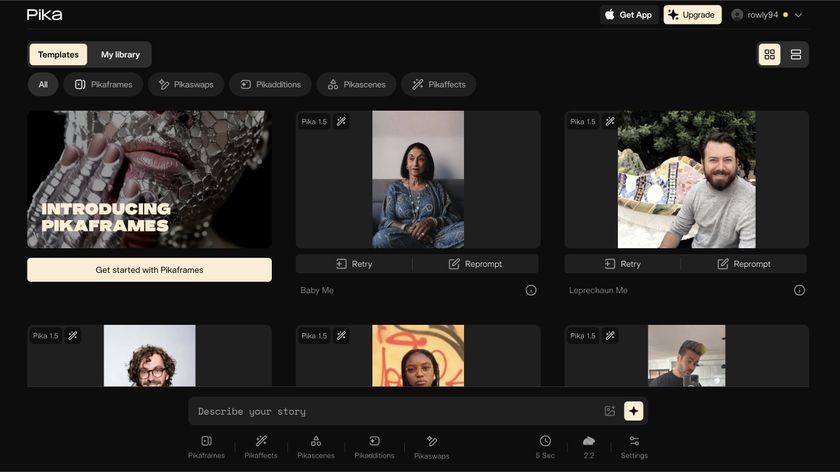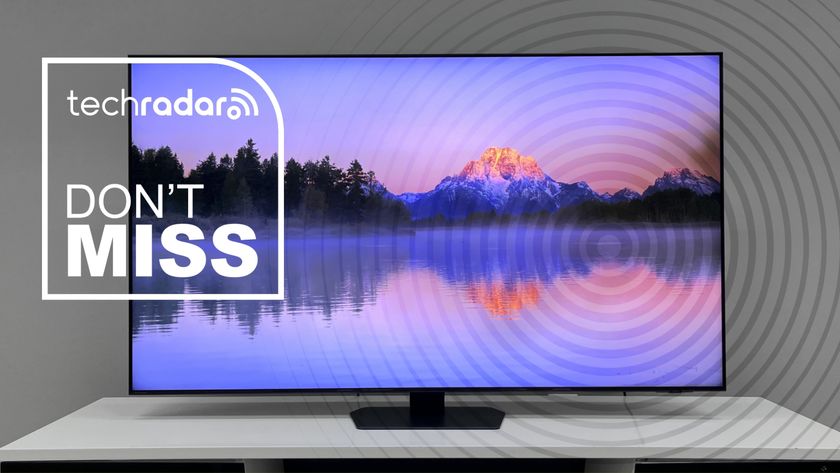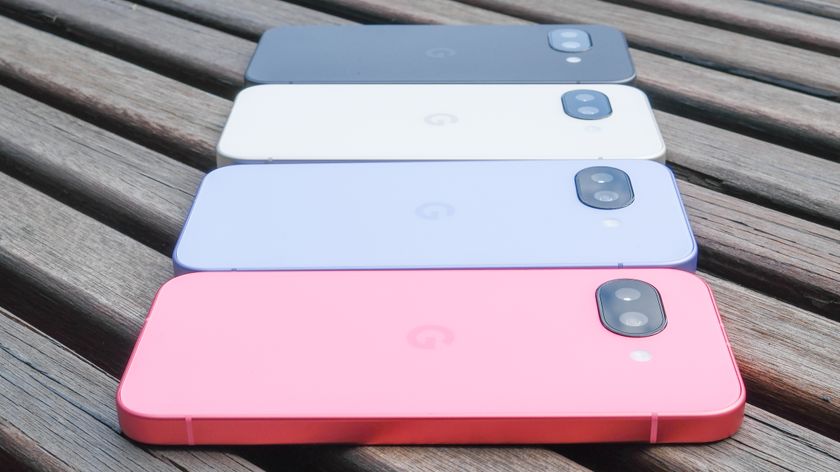15 game-changing Linux moments of the decade
Events that have defined the current Linux experience
April 2005: Mandrake becomes Mandriva
Mandrake Linux was the Ubuntu of its day. It was the distribution that made Linux feasible to use for many of us. But its continued decline can be traced to this point, where Mandrake lost its community focus, eventually sacked its founder and became marginalised and overtaken by smaller, more dynamic distributions.
January 2006: First release of Compiz
Desktop cubes, wobbly windows and drop shadows all started when David Reveman came back from weeks in isolation and announced both Xgl and Compiz, the technologies that have gone on to transform eye-candy on the Linux desktop.
It's thanks to Compiz that Linux has been able to keep abreast of developments on both Windows and OS X.
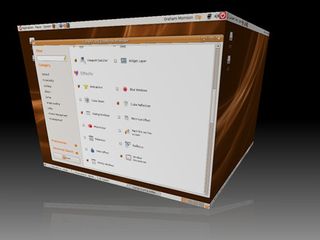
EYE CANDY: Desktop cubes may be a little old-hat now, but in 2006 it was a jaw-dropping effect
June 2007: GPLv3
Get daily insight, inspiration and deals in your inbox
Sign up for breaking news, reviews, opinion, top tech deals, and more.
The third release of the one licence to rule them all hasn't been as smooth as many people had hoped. Linus, a critic in the drafting stage, has so far declined to port the Linux kernel to the new version, but there is growing momentum.
Version 3 takes a much harder stand against closed online use of open source software, and embedded systems that don't give the user full access to the systems. But it is finally gaining acceptance.
January 2008: KDE 4.0
The jump from KDE 2 to 3 was never this troubled. Even today, version 4 feels only half finished to many people, almost two years after the initial release. But it's also a release crammed full of innovation, including pervasive widgets, the removal of the desktop metaphor and the semantic desktop that will blur local and online content.
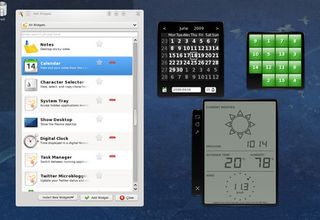
WIDGET IT: KDE 4 bravely attempts to turn everything on your desktop into a widget
February 2008: The Asus EeePC
It may have started with an initiative to provide one laptop per child, but netbooks have become one of the most important technologies of today for the future.
The Asus EeePC has been surpassed by other devices, but Linux is keeping abreast of development, thanks to Intel's Moblin project, and more recently, Google's Chrome OS announcement.
September 2008: Android 1.0 SDK released
Google would be a different company if it had to buy a licence for every machine running in its Linux server farms. And in 2008, it took a similar strategy when it announced it was entering the mobile phone market.
Android has gone on to become a stable platform, and a great example of what Linux is capable of in the hands of a company like Google.
April 2009: Oracle buys Sun (MySQL)
The decade ends with the sun setting on one of the most influential Unix and open source companies to survive the 90s. Custodian of Java, VirtualBox, MySQL and OpenOffice.org, along with major contributions to Gnome, Mozilla and the Linux kernel itself, the effects of Sun's acquisition are yet to be realised. But whatever happens to Sun, these projects are safeguarded, thanks to the open source licences they use.
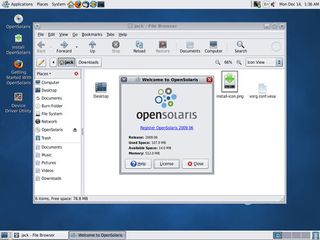
SAFE SUN: Linux can freely take from any of Sun's open source projects, including its OpenSolaris operating system
- 1
- 2
Current page: Linux highlights: 2005 to the end of the decade
Prev Page A decade of Linux innovation
